Cerrado Mineiro
High, flat plateaus with a well-defined dry season. Perfect for uniform ripening and clean natural processing.
- Altitude: ~800–1,300 m
- Profile: Clean, chocolatey, nutty, caramel; espresso-friendly and reliable.
Brazil is where the world’s coffee daydreams turn into everyday cups. Vast plateaus, precise post-harvest craft, and generations of growers create chocolate-leaning, nutty, caramel-sweet coffees that anchor our blends and reward anyone who cares about consistency in the cup.
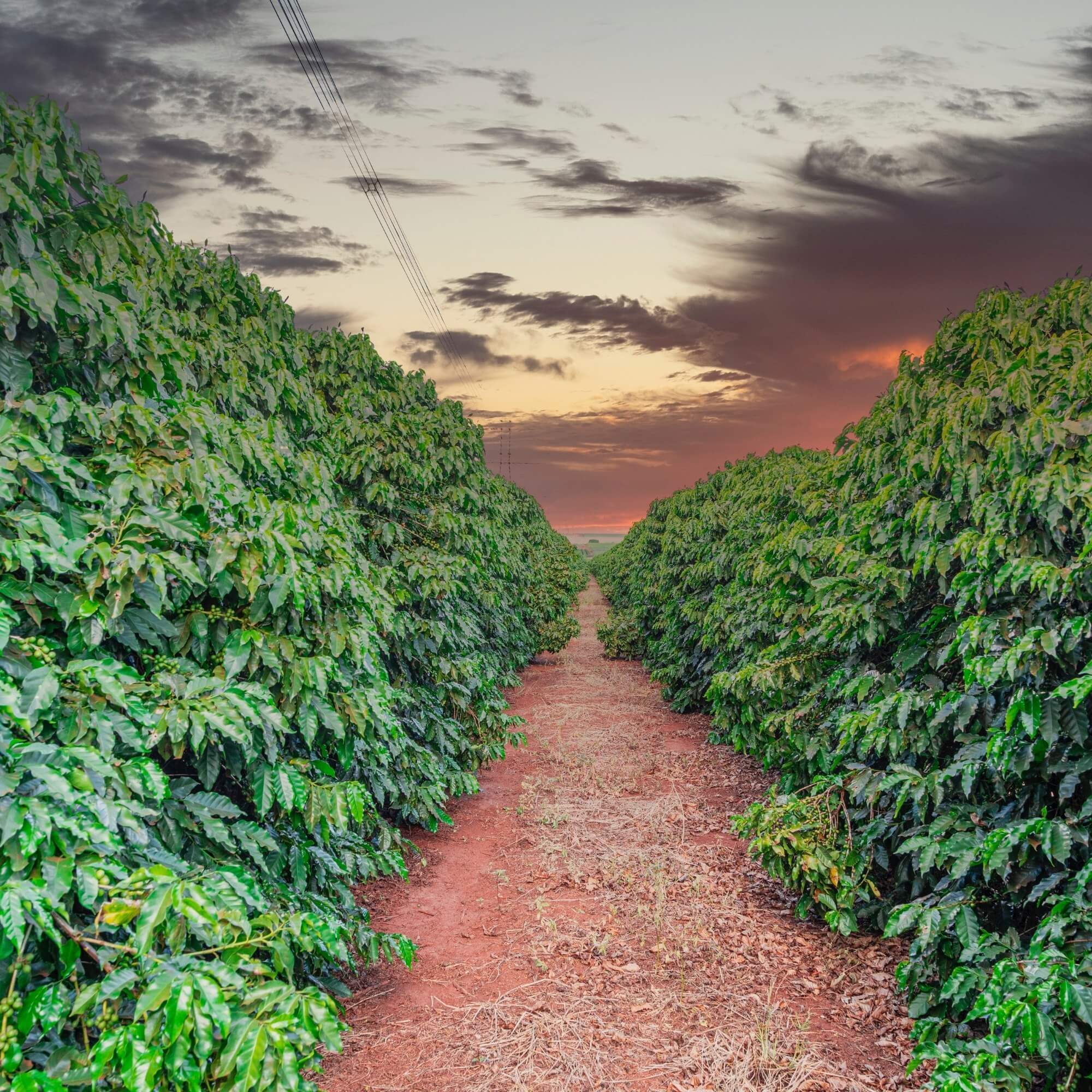
Within one country, climate, altitude, and soil shift dramatically — from high, dry plateaus to misty Atlantic slopes. Those differences let us shape Brazil into creamy espresso bases, comforting house blends, and expressive single-origin lots.
High, flat plateaus with a well-defined dry season. Perfect for uniform ripening and clean natural processing.
Rolling green hills and cooler nights form the classic Brazilian core.
Deep valleys on the São Paulo–Minas border with long coffee history and dense beans.
Elevated plateaus and cooler microclimates stretch maturation, adding nuance.
Steep Atlantic slopes once known for Robusta, now producing standout Arabica micro-lots.
Brazil’s strength is control. In regions like Cerrado Mineiro, a predictable dry season allows producers to sun-dry naturals with precision — amplifying chocolate, nut, and caramel notes without rough edges. In Sul de Minas and Mogiana, cooler nights and undulating hills build denser beans and a round, silky sweetness.
Higher, wind-brushed zones such as Chapada Diamantina and Caparaó stretch cherry development, concentrating sugars and organic acids for more aromatic, fruit-led profiles. Differences in elevation, soil (from red volcanic clays to sandy loams), and plant genetics give us a toolkit: forgiving espresso foundations, chocolate-driven comfort cups, and nuanced single origins when we want to show how elegant Brazil can be.
At Coo Coo’s Coffee, we select lots by role — pairing each region’s natural strengths with roast curves built for clarity, sweetness, and reliability across brew methods.
Coffee is woven into Brazil’s story — from early fazendas to today’s network of family farms, progressive cooperatives, and specialty-focused exporters. In cities like São Paulo, Belo Horizonte, and Rio, café culture ranges from traditional counters to modern brew bars. We work to honor that legacy by choosing partners who invest in workers, soil, and water, then roasting with the same respect for detail they show in every harvest.
Use these visuals (or your own) to bring the origin to life — farms, cities, food, and coastline — so guests can feel the place behind the beans.

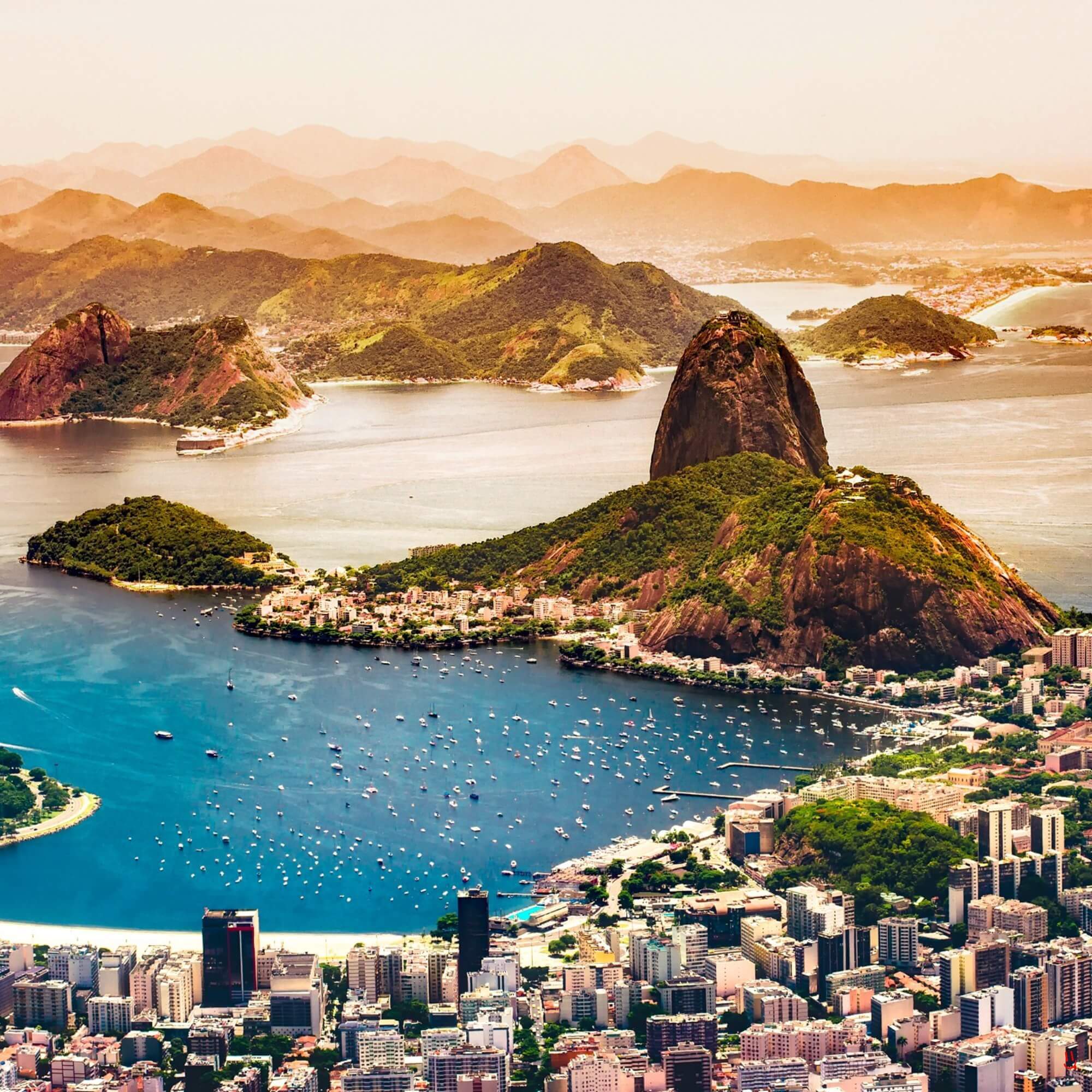
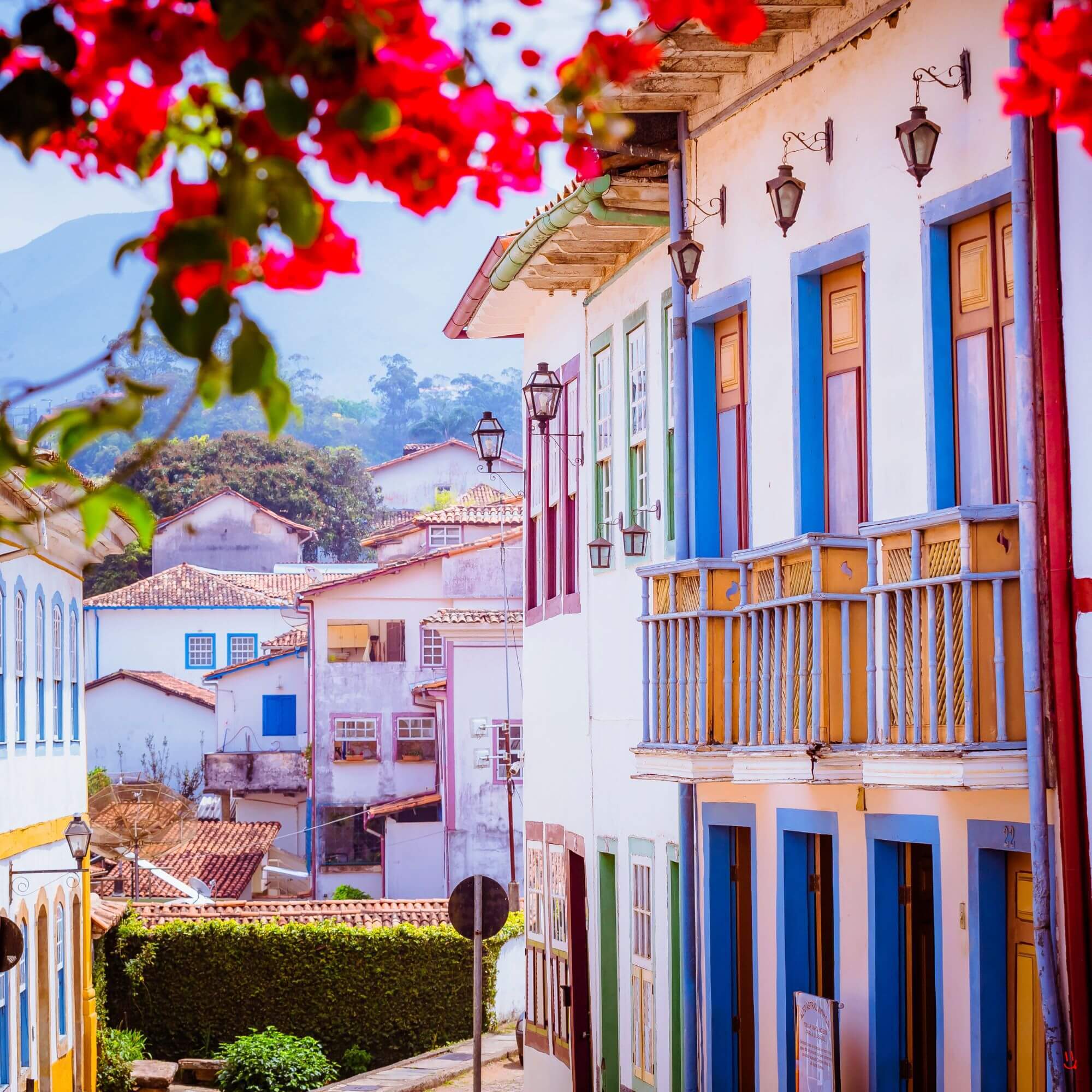
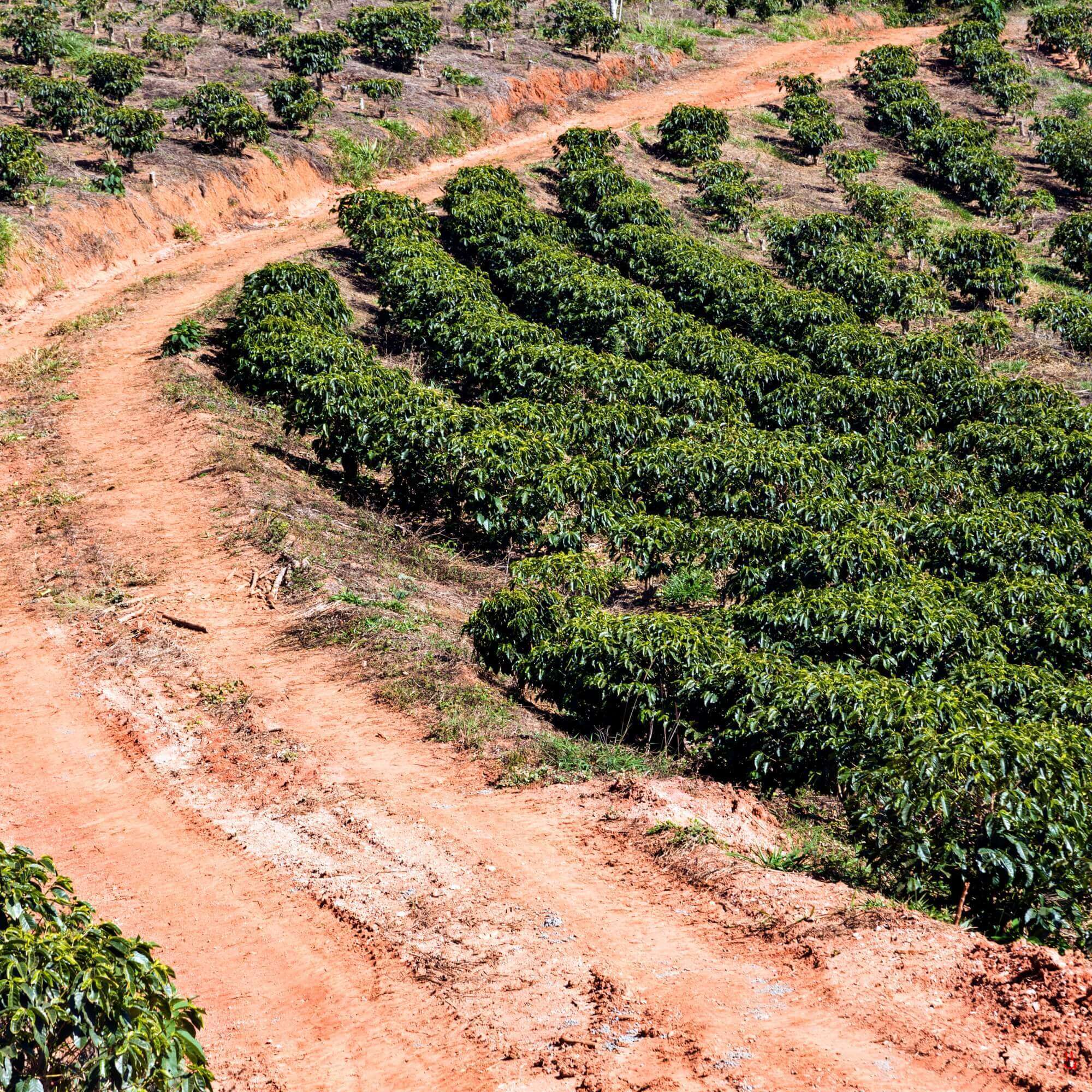
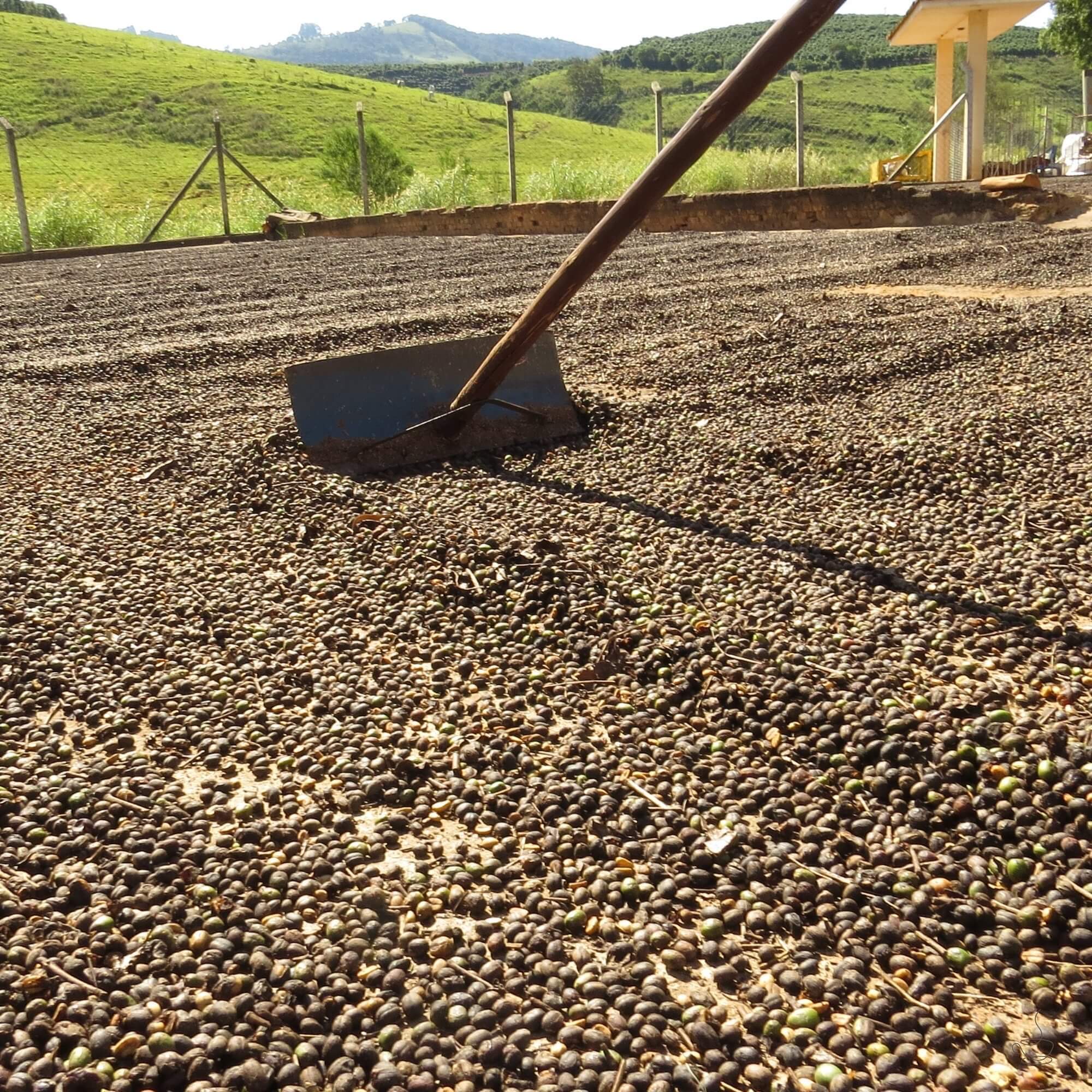
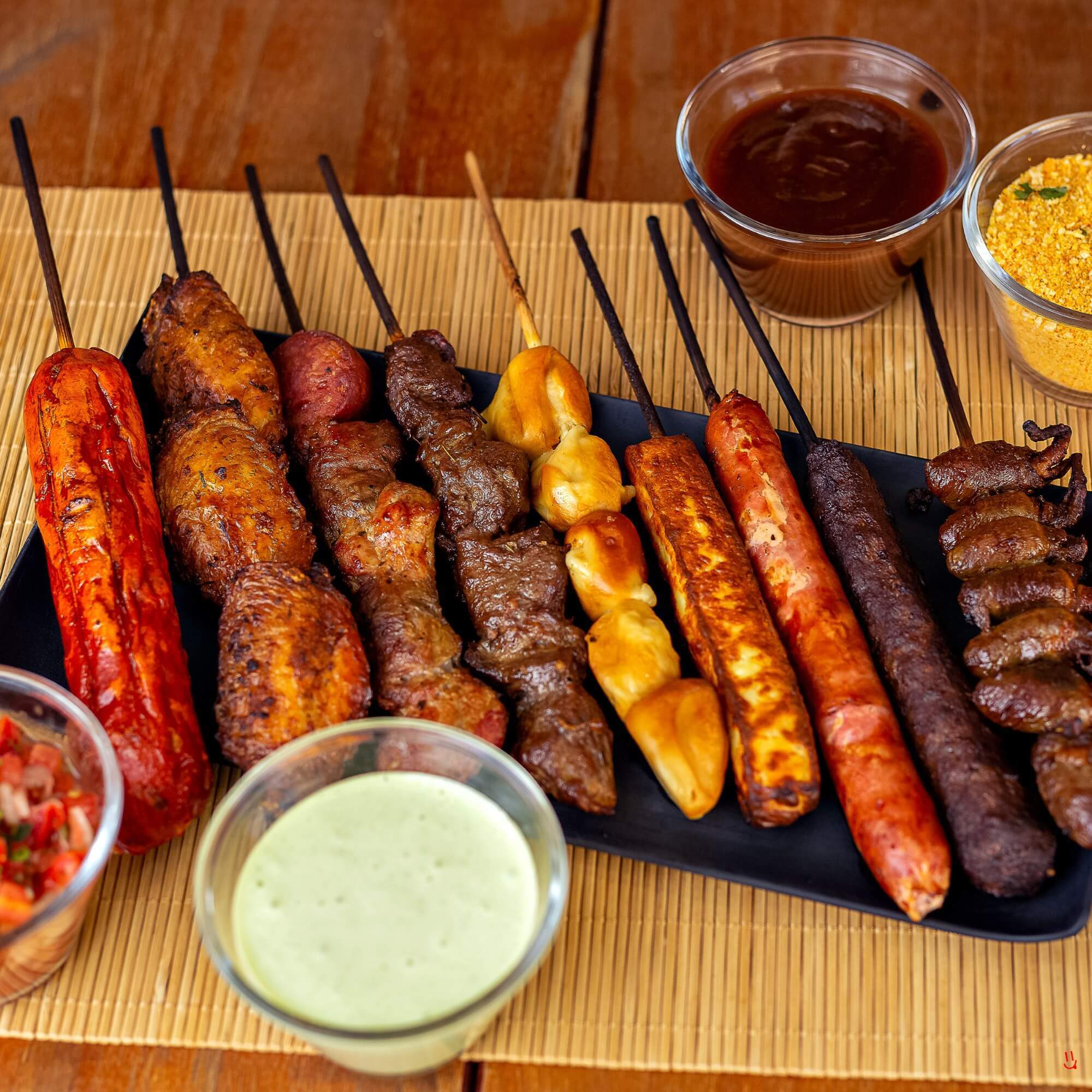
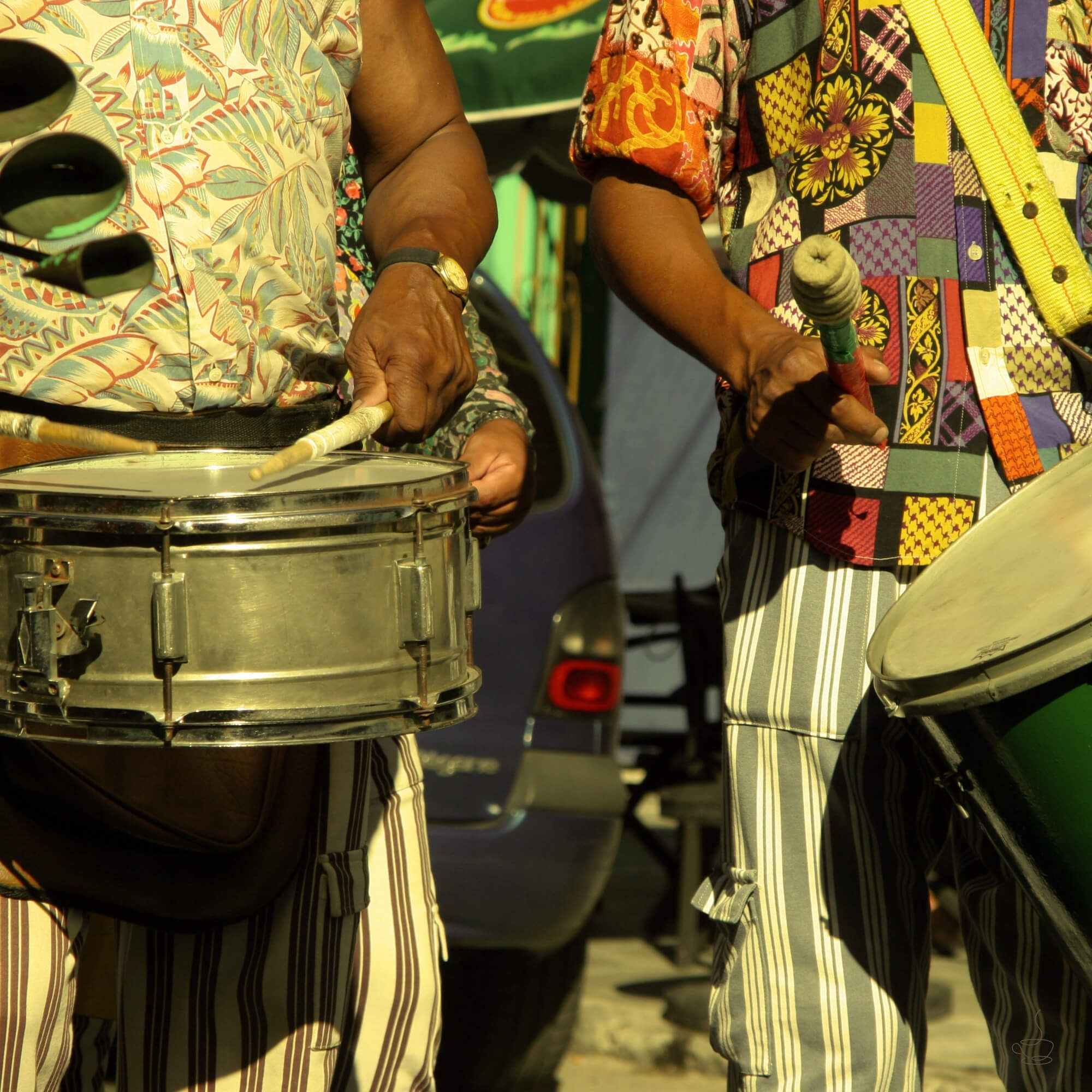
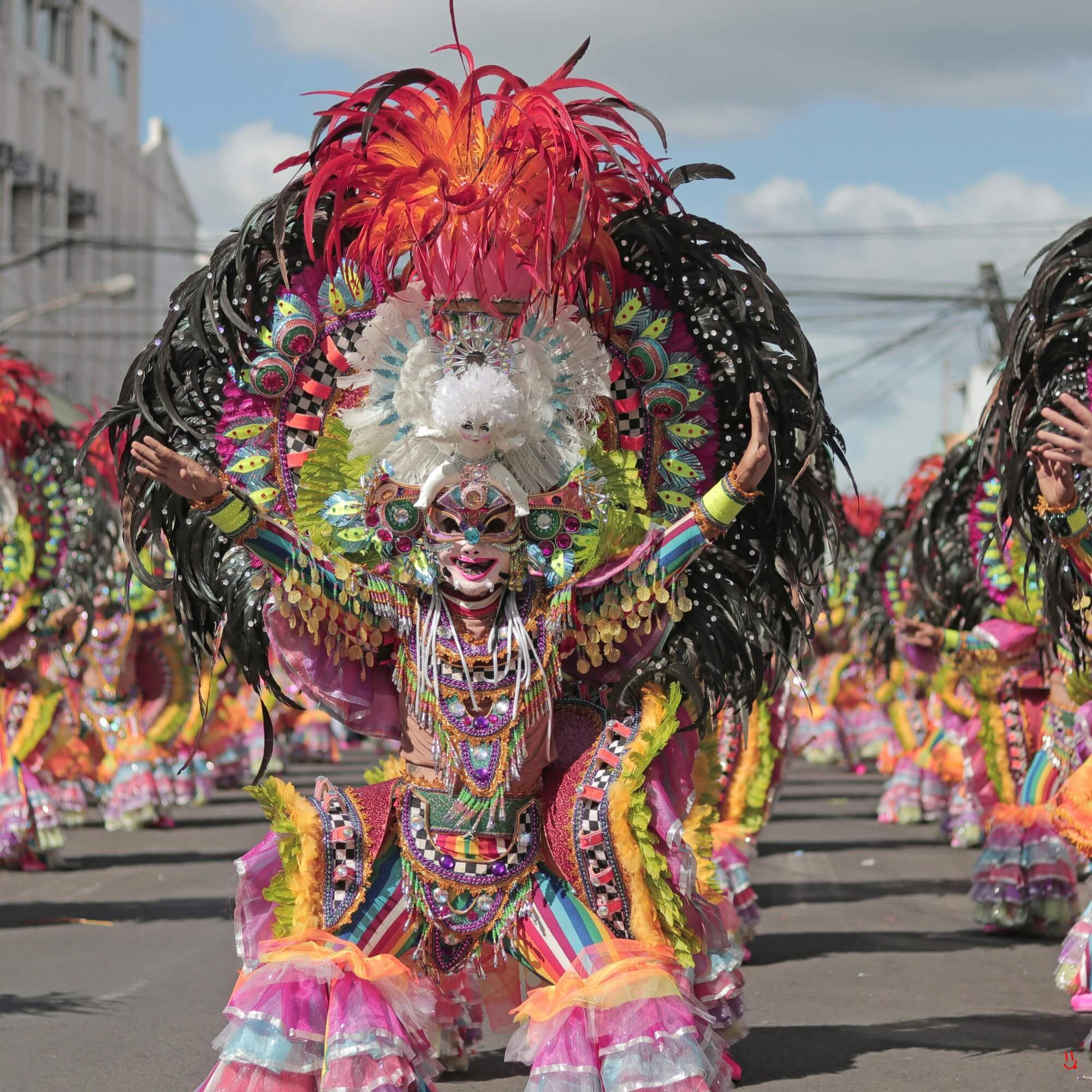

Last updated: November 7, 2025